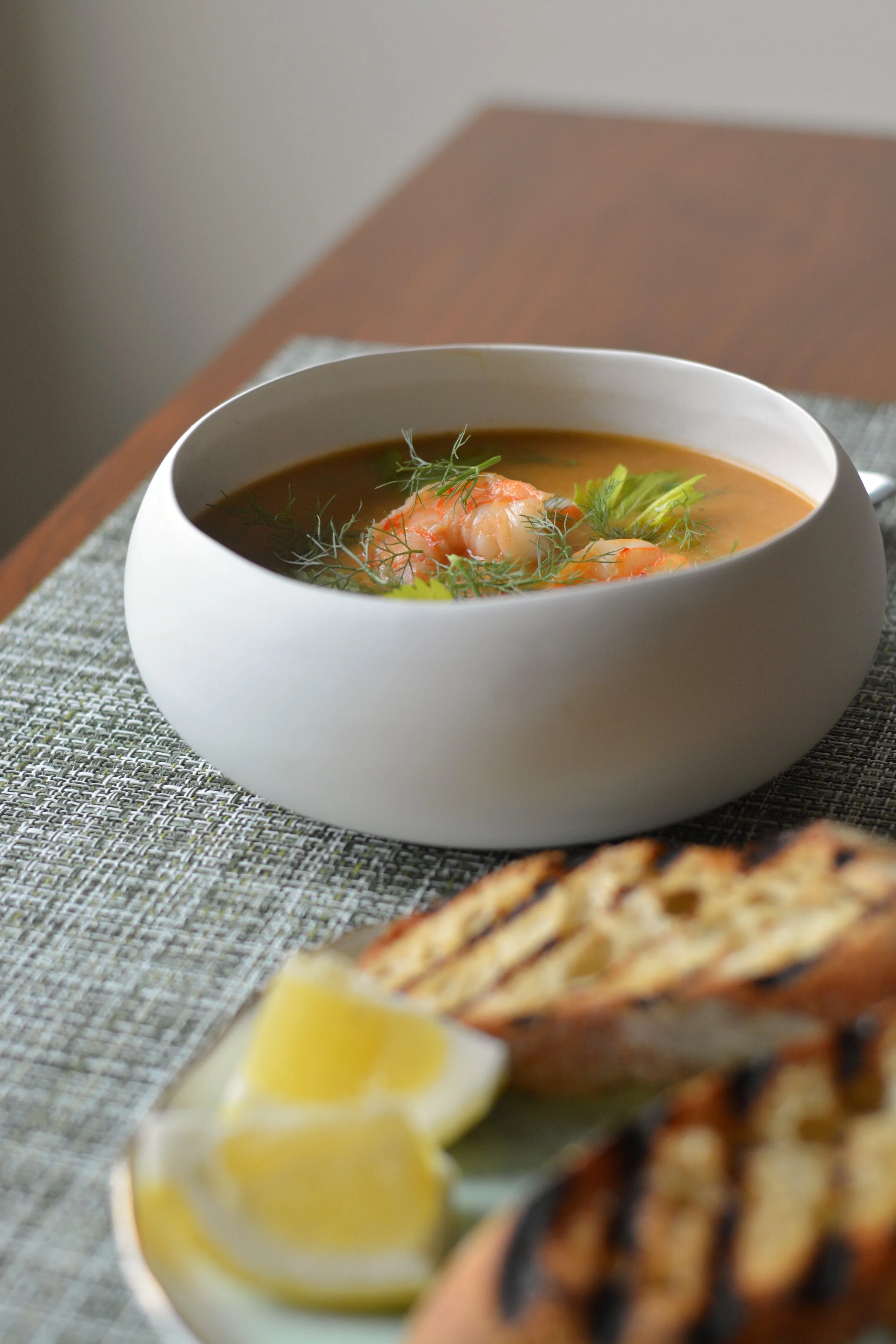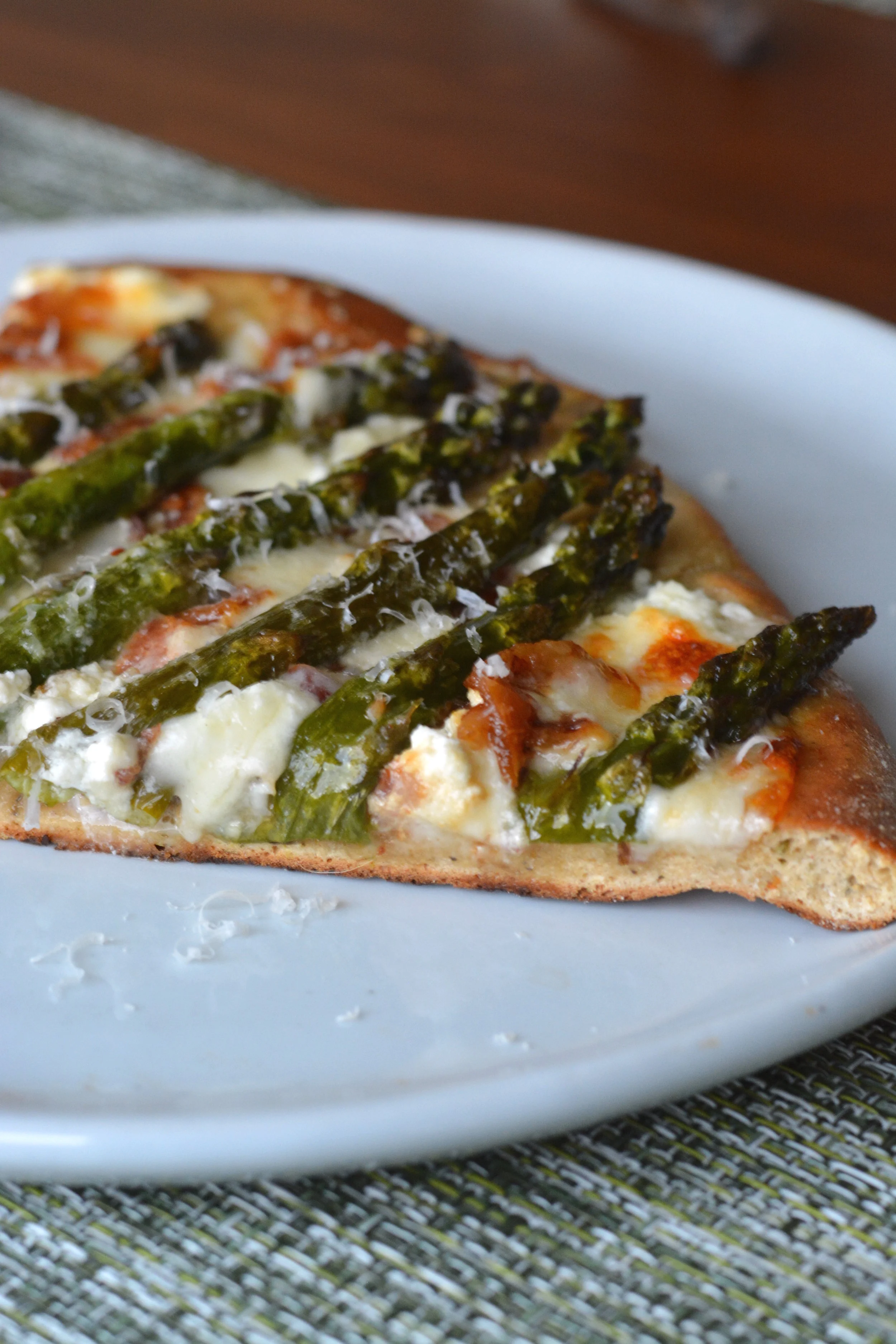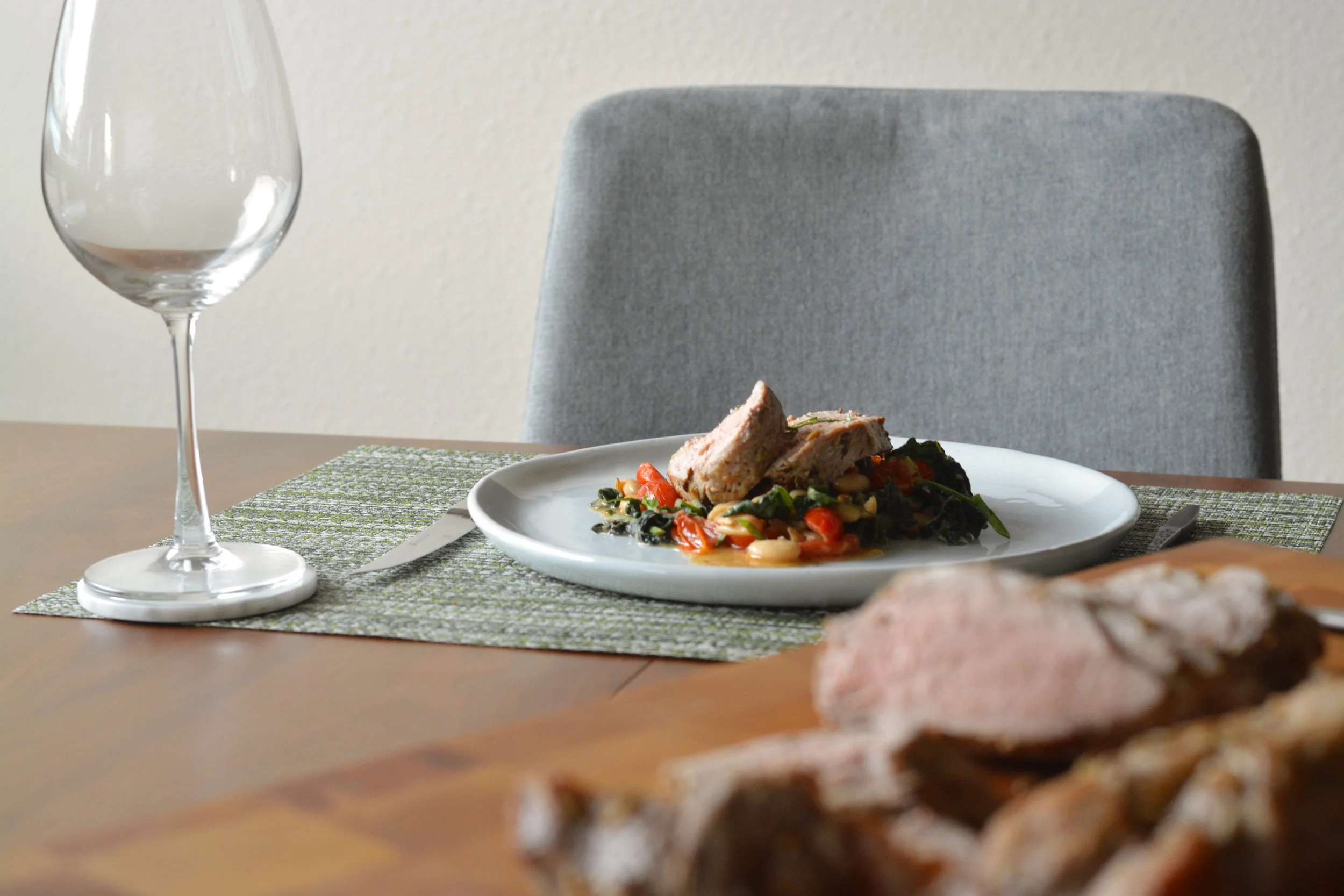"There is a communion of more than our bodies when bread is broken and wine is drunk. And that is my answer, when people ask me: Why do you write about hunger, and not wars or love." - M.F.K. Fisher
On the day to day, we negotiate. The basis of our communication is found here: someone asks you a question and you are not only expected to provide an answer, but to contribute meaningful justification for why you believe what you believe. Often, these moments dissolve into simplicity: what is there to say about thoughts that already feel your own? They are what they are; the same way a pea does nothing more to justify itself than simply being (unsurprisingly, I take this notion from Tamar Adler and will provide no more justification for why the idea is worthy—pick up her “The Everlasting Meal” and find out. I have a copy if you need it).
These small negotiations carry large weight over the course of a lifetime and our interactions with food are no different. Just tonight, a couple of colleagues giggled at me when I identified a mini tart as containing a puree of cipollini onions, goat cheese, and paprika—I simply read the description and knew it was a puree because the texture was smooth. I laughed with their reaction of, “Oh Jesse,” because what else should they expect from me? And yet, you can tell a lot from this interaction. The construction of food is important to me. A comparison of description and experience is informative and not only because the former tells me what is in the dish. When we make these values known to those around us, we set a tone and an expectation and we are held to it. It is the basis of identity, whether we want to recognize it or not.
It is the same way I have been identified as a lush because I enjoy wine a great deal. Not for the social lubrication or taste per se, though both contribute tremendously. Primarily, I enjoy wine because it signals to everyone in attendance that this is a moment of present-ness; to let go of the day and to let ideas and opinions flow freely. It is an indication of stark relaxation and a stripping of unnecessary and expectant milieu. In its presence, we become grape vines flowing to one another, curious with questions that bubble up from nowhere. Food, while equally able in these moments, becomes a gateway to more wine and we find ourselves closer to a communitarian ideal, a coming together which feels more whole than any other prescribed social scenario.
I write all of this to say our small moments are inseparable from our larger ones. When we are cognizant of how we justify ideas and opinions, we find strength to question ourselves at every turn, and courage to alter internal identities when they are incorrect. We assume food is simply what we eat, but for the sake of all things punny, my dear reader, you are what you eat.
So finally, to the meat of this story, I found myself looking for an example of this simplicity. I made a very easy balsamic chicken breast with roasted green beans alongside someone I hold very dear. With a glass of Chardonnay in hand, we encountered one another and in its ease, was one of the best meals I have had in a long while.
Balsamic Chicken Breast
This is a simple recipe, easy for weeknights. It can be served alongside almost anything, but for my purposes, I high-roasted some fresh green beans with Provencal sea salt and olive oil (eyeball everything and toss to coat. Roast at 450 degrees for seven minutes and I promise it will be beautiful). We had some rosemary bread and assorted olives on hand to top it all off, but those additions were simply convenient.
2 large boneless, skinless chicken breast
1 ½ c. balsamic vinegar (or ½ c. balsamic glaze)
2 t. dried rosemary
1 t. Provencal sea salt
1 clove garlic, minced
Salt and Pepper
2 T. olive oil
Pour the balsamic vinegar in small saucepan and put over medium heat. Add rosemary and Provencal sea salt. Stirring often, reduce vinegar to ½ c.—it should be thick and syrupy. Once reduced, remove from heat and add garlic. If you are using balsamic glaze (pre-bought from the store and already reduced), simply add the rosemary, Provencal sea salt, and garlic.
While the vinegar reduces, halve the chicken breasts lengthwise (if you want moist chicken breast, this is nearly required for all commercial varieties. Trying to pan sear or grill such large pieces will only turn out well if you brine and I rarely think that far ahead). Place your hand on top of the chicken breast and run your knife parallel to the cutting board. This will allow you to feel where the knife is and to gauge the thickness. It sounds scary, but is a breeze after the first few tries. Season liberally with salt and pepper.
Heat a grill pan (or a heavy bottomed skillet—cast iron preferred) over medium high heat with the olive oil. Once smoking, add the chicken and sear the first side, 2-3 minutes. Flip the chicken breast and brush on balsamic mixture. Cook another two minutes and flip once more, brushing the newly exposed side with more balsamic. Remove from heat (balsamic has lots of sugar and can burn easily, so it is important to limit time on the heat once covered in glaze). Brush all over with balsamic and let sit, covered, for 5 minutes--juices will redistribute and heat inside the chicken will continue to work to ensure doneness (this is called carry over cooking).
Serve with roasted vegetables, a salad of any type, or a starch and feel satisfied. I mean it when I say this can go with anything.





